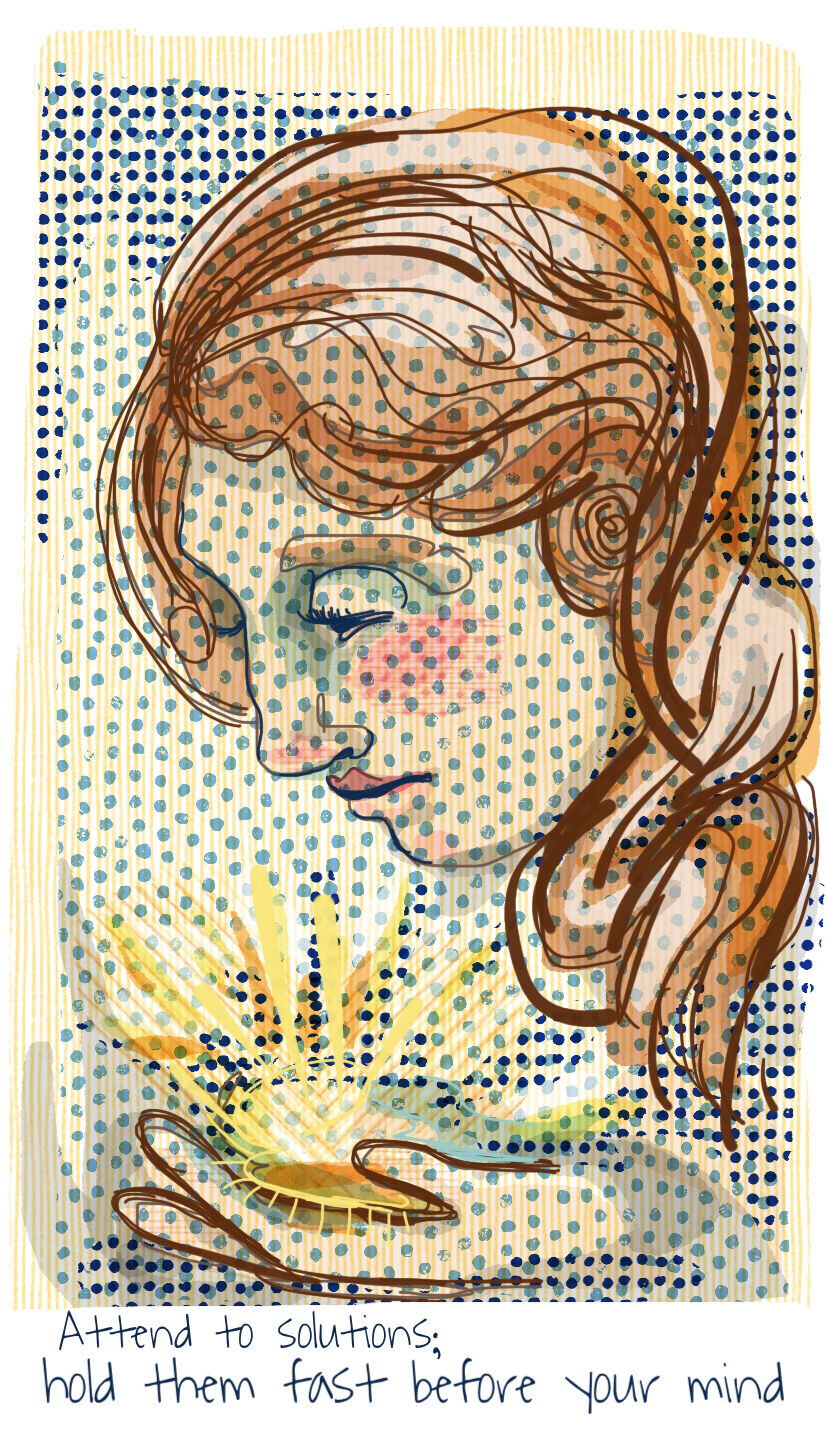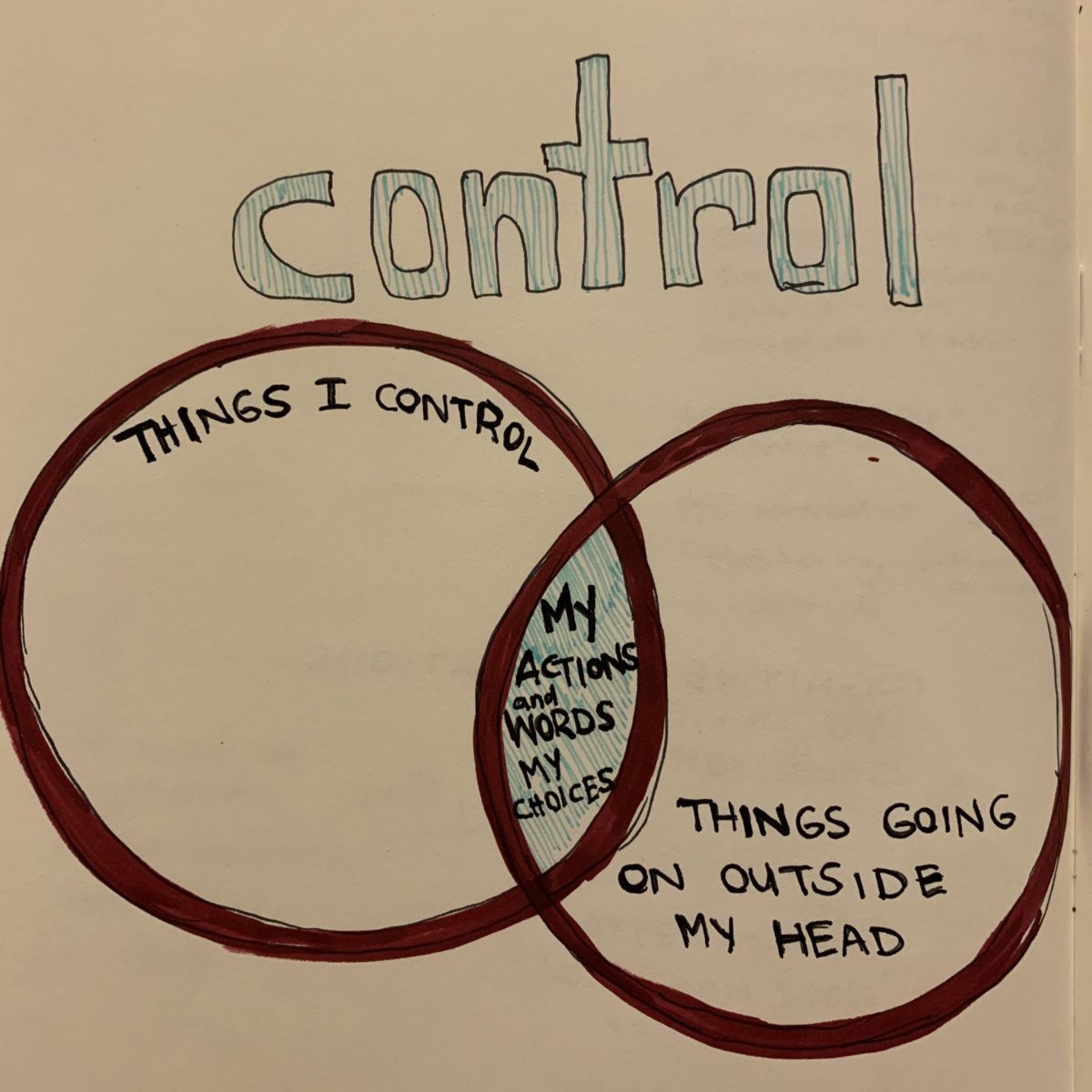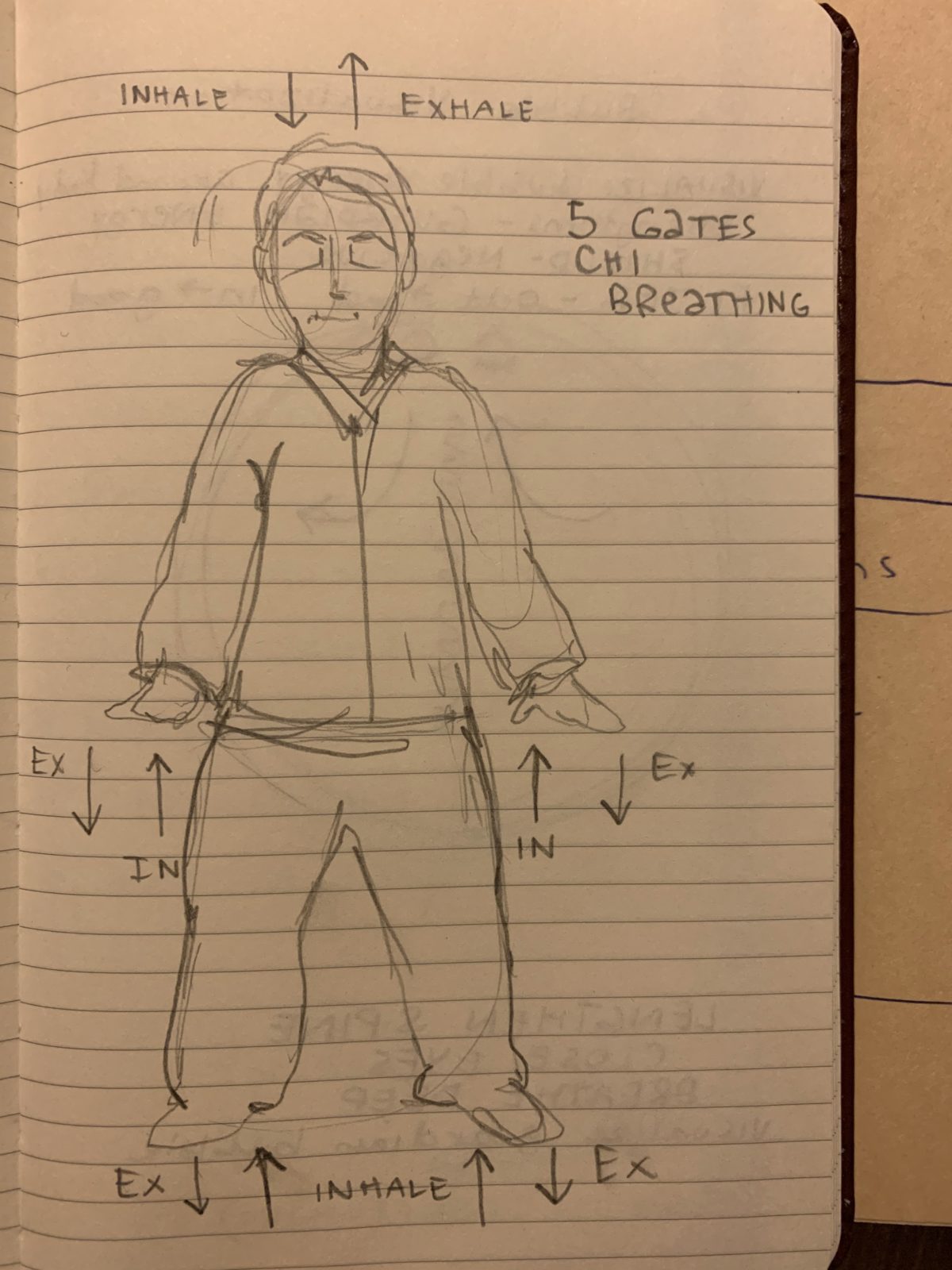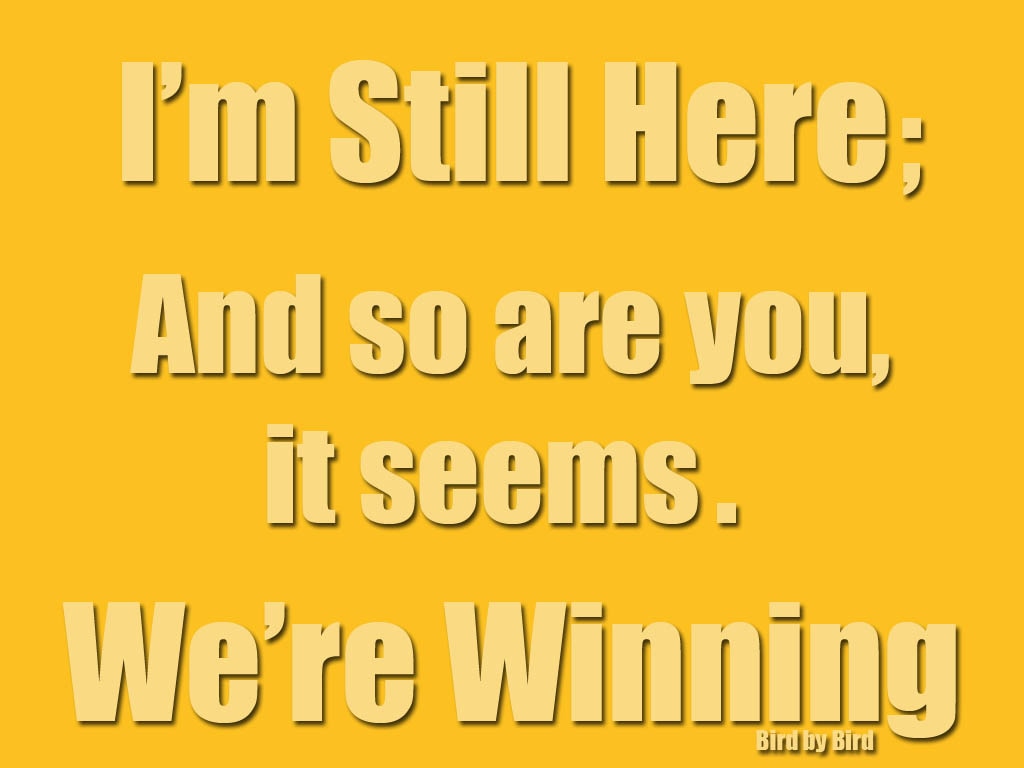
What is an Attention Shift?
When life gives us really big stresses, our brains have a harder time shifting focus away from the problem. This becomes problematic when we have scant control over the situation. We hyper-focus on issues we can’t do anything about and this is what leads to overwhelm or a state of distress. We want, instead, to learn to shift our attention to the parts of the situation and our lives that we can control and maintain focus on what we are doing today to move forward. The problems don’t go away, but our reaction to them becomes smaller because we can see everything else and we can see the issue for what it is.
We are literally shifting our attention away from the uncontrollable in the situation to the parts we do have control over. This lowers the fear and uncertainty in our lives because we are shifting away from viewing reality *as it happens to us*. We are focusing now on the role we play in moving through and finding a solution. We are going from an external locus of control to an internal one. This is not the same as ignoring or avoiding the issues. It is re-contextualizing our experiences and realizing what we can and can’t control in any given situation so we spend our energy and time working on doing what we reasonably can.
Change a Thought; Move a Muscle

More on Attention Shifting soon: Journaling (identify specific thoughts, distortions), Here and Now: Meditation/mindfulness (where is our attention?), Bird by Bird, small manageable and achievable goals to work toward.
Anxiety Coping and Maintenance:
Anxiety is a physiological response; so, even when we’re staying focused on all of the right things, we can still experience symptoms if our stress level becomes too high. It is important that we have tools to de-escalate stress levels and release some of the tension that builds up from that physiological response.

Guardian Bubble Breathing: illustration of Tae Chi breathing/meditation exercise 
5 Gates Chi Breathing: illustration of breathing practice in Tae Chi
Relaxed Breathing:
Relaxed/Controlled Breathing and Breathing Exercises are one of the simplest ways to immediately lower stress levels (panic attack de-escalation) and to keep baseline stress levels lower with regular “check ins”. This is because the action of focusing on and controlling our breath makes our lungs send signals to the brain that it’s okay to stop freaking out. Literally. It’s an amazing (and amazingly simple) anxiety hack. The Google is great at locating different breathing techniques and I have included a couple sketches (above) of some of the ones we use. Essentially, though, the idea is to regulate and slow down your breathing.
Specific Progressive Relaxation:
This is like controlled breathing, but for your whole body. We often don’t realize how tense our muscles are until we focus on relaxing them. The following is script I actually wrote for myself about a month ago for when my anxiety symptoms start acting up. It focuses on the head, neck, and spine; but I often will go through shoulders to fingertips and hips to toes as well. This is helpful for me if I need to take midday “quiet time”/replace a nap.
Pause...
Exhale and relax
Inhale... deep breath
Slow Exhale and relax neck
Inhale straighten shoulders, raise head, straighten neck.
Exhale keeping shoulders back
Inhale straighten spine
Breathe
Look at the life in front of your eyes Inhale
Today is today
You are here, it is now
Exhale
This *can be* survived
Inhale
You will move forward in hope
Exhale
Some things can wait; let them.
Inhale
Exhale
Breathe and listen
Protect you and Yours.
Relax Tight Muscles.
...do some stretches
play some word games
make something for you
make something for the world
